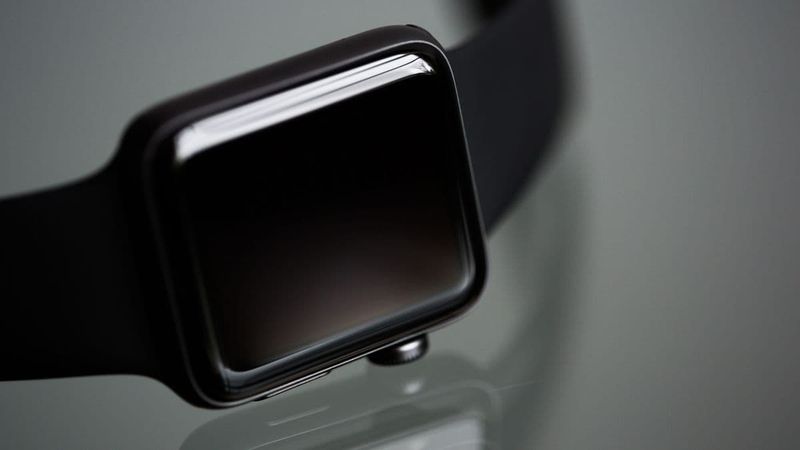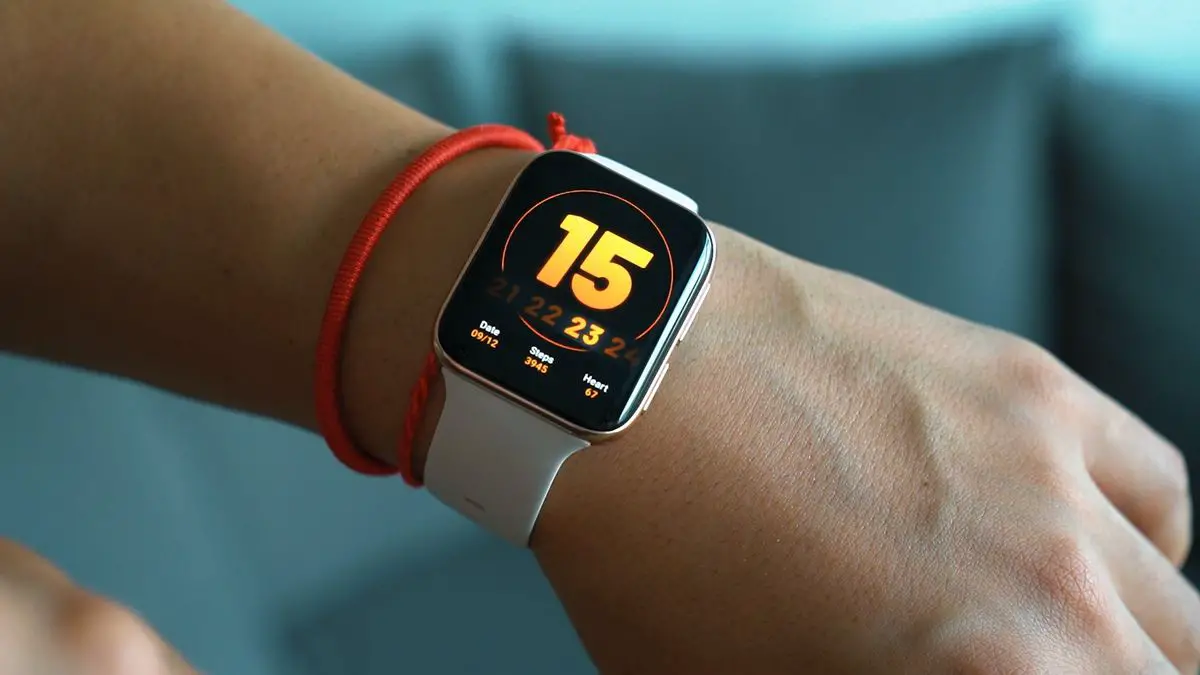Part of the challenges involved in overcoming the current pandemic lies in the monitoring and analysis of the after-effects of a case of infection after it has been overcome.
Taking advantage of the health indicator monitoring systems offered by smartwatches or bracelets, a team of researchers proposed the implementation of these devices as a tool for monitoring the after-effects of this disease.
A scientific article published in the journal JAMA Network Open, proposes the use of these devices for recording and analyzing health data associated with these conditions.
In the introduction to that publication, it is pointed out that, to date, cardiac damage and other types of dysfunction have been recognized as sequelae of infection, with up to six months’ delay. However, it is stressed that their impact has not yet been quantified.
The study proposed the use of smartwatches to monitor these indicators because, in addition to facilitating the recording of information on key data such as a person’s heart rate, body temperature, or physical activity, this medium allows that information to be compared with a person’s previous health records and thus establish a more concrete projection profile on the evolution and long-term effects generated after suffering from this disease.

Specifically, this initiative aims to examine the duration of infection and the variation in recovery among COVID-19 positive and negative participants.
With more than 37,000 participants in the first stage of deployment of this initiative, research scientists at the Scripps Research Translational Institute in La Jolla, California, recorded data from these patients between March 25, 2020, and January 24, 2021. The means of integrating into this initiative was the MyDataHelps application, a platform that, when linked to an Apple Watch, Fitbit, or similar device, begins to record the information captured and also opens a reporting channel that allows participating patients to notify the appearance of new symptoms or test results.
This study follows another research executed by the same team, published in October 2020 by the journal Nature, in which they pointed out that the combination of self-reported reports with the data recorded from these devices, allows detecting cases of contagion with greater precision.
What was presented in this last report revealed that the appearance of post-infection symptoms, such as fatigue, confusion, respiratory obstruction, headaches, depression, palpitations, and chest pain, respond to a pattern that, once identified, can generate more precise guidelines to combat its effects.





